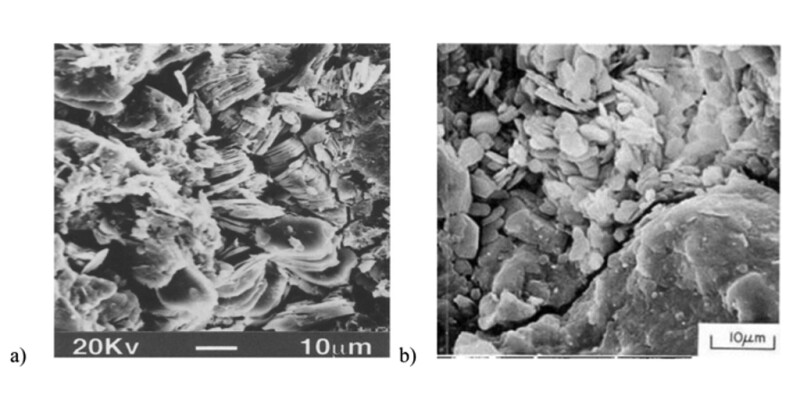Fines migration is a major cause of formation damage; the detached clays migrate and impair well productivity. Two types of damaging clays are encountered in petroleum reservoirs: authigenic clays that grew on the grain surfaces during geological times, and detrital clays that have been broken off the grains because of local stresses. The aim of the work described in the complete paper was the development of a laboratory procedure to estimate formation damage by authigenic clays and the derivation of a mathematical model for core scale.
Background
Detrital particles are attached to a substrate by an electrostatic force and can be modeled using the DLVO theory. Most core samples, however, have some authigenic clay content (i.e., clay particles bonded to rock). To study formation damage caused by the detachment of authigenic clay, a new formulation should be presented.


